Orchard Displays
- 7th September 2017
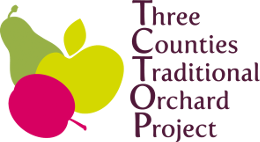
Displays for the Three Counties Traditional Orchard Project are now up in Evesham and Tenbury libraries.
The project has been raising awareness of the heritage of orchards in Worcestershire, Herefordshire and Gloucestershire, as well as helping local people to look after and restore surviving orchards. Historical research was an important part of the project and volunteers have been investigating orchards in the Tenbury/Rochford and Evesham/Chadbury areas, after we delivered several training workshops.
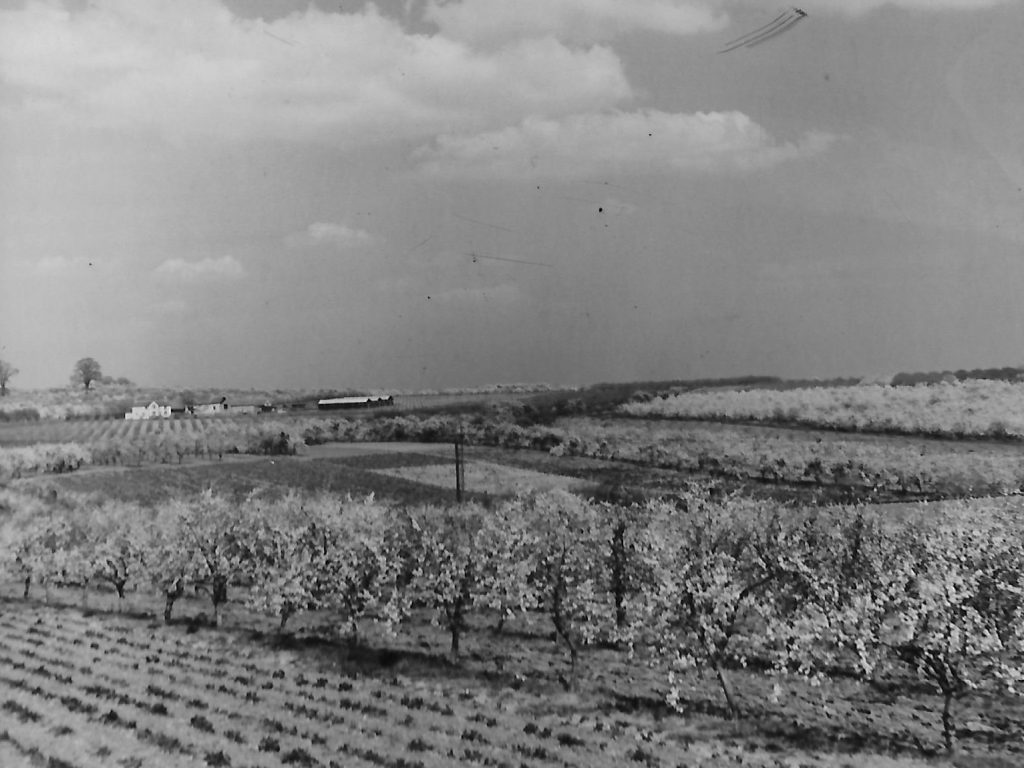
Plum trees in blossom at Harvington
Worcestershire has historically been a big fruit producer, and even more so in the Teme Valley and Vale of Evesham. In the 19th century Worcestershire was seen as second only to Kent in importance for fruit production. Most farms were mixed and orchards formed an important part of their produce. In good years, harvesting took place from June to Christmas, going from cherries, plums, damsons and pears to apples (both dessert and cider varieties).
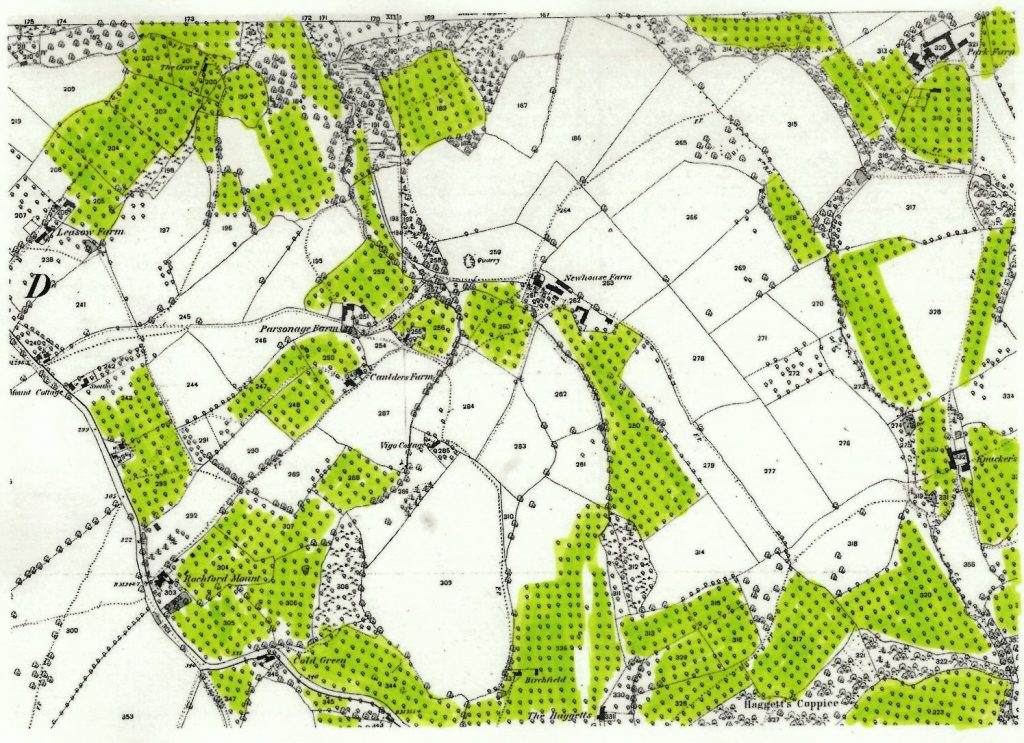
Copy of 1881 OS Map of Rochford with orchards coloured in
Using historic maps, our volunteers have shown that orchards increased towards the end of the 19th century and into the 20th century, with further encouragement during and after WWI to grow more fruit, before declining later in the 20th century.
Local memories from families who grew fruit have also provided valuable and interesting information. In both the Tenbury and Evesham areas many common tales occurred, such as the inventive ways used to scare birds away and protect crops. Stories were also told of how burning straw and other methods were used to stop crops being destroyed by late April/May frosts.
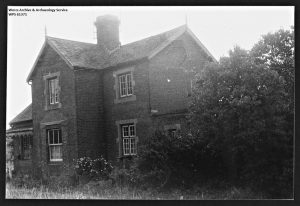
Newnham Bridge Railway Station, which transported a lot of fruit from the Teme Valley and sent it on the major cities across Britain
The railways played an integral part on the orchard story as well, as it was due to their development in Victorian times that farmers were able to sell more by transporting thir fruit to major cities quickly and efficiently. In the Teme Valley, even young boys helped with taking horse driven carts to Tenbury and Newnham Bridge railway stations and putting the fruit into right carriages.
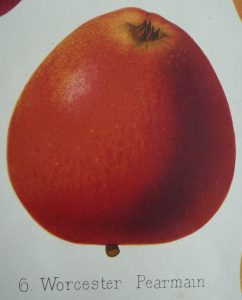
Illustration taken from the Herefordshire Pomona
Whilst today we have a small number of fruit varieties, back then there were numerous types. By having a range of fruit and different varieties that would ripen at different times, farmers would extend the harvest season and make more fruit available into the new year.
The displays can be seen in Evesham and Tenbury Libraries until the end of September.
A guided walk will take place at Rochford on the afternoon of 1st October. To reserve your free place go here

The Three Counties Traditional Orchard Project has been funded by Heritage Lottery Fund
Post a Comment